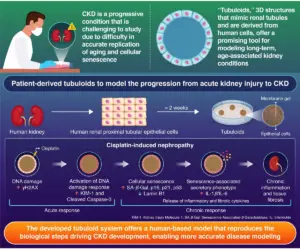
The Organisation for Economic Co-operation and Development (OECD) has released a new guidance document designed to enhance the use of research data in the regulatory risk assessments of chemicals. This document aims to provide practical recommendations for both risk assessors and researchers, addressing a significant gap in the current evaluation processes.
Research data has the potential to inform regulatory decisions regarding chemical safety. However, its use is often hindered by issues related to reliability and reporting standards. Many studies are not conducted under the regulatory standardized test guidelines, leading to inconsistencies in how data is reported and interpreted. This concern has been highlighted in various contexts, including the EU’s Chemicals Strategy for Sustainability Towards a Toxic-free Environment, which underscores the necessity for structured tools to evaluate and integrate research data effectively.
Improving Regulatory Decision-Making
The new guidance from the OECD offers recommendations and examples to help risk assessors incorporate academic research data into their evaluations. It emphasizes the importance of using existing research to fill gaps in regulatory knowledge, ultimately supporting more efficient and protective decision-making processes.
In addition to supporting risk assessors, the guidance also provides critical considerations for researchers. It outlines best practices for study design, data documentation, and reporting standards. These recommendations aim to facilitate the acceptance and uptake of research findings in regulatory assessments, thereby ensuring that scientific evidence informs safety evaluations.
Anna Beronius, a researcher at the Institute of Environmental Medicine (IMM) and a member of the expert group that developed the guidance, stated, “This new OECD guidance marks a significant step toward bridging the gap between academic research and regulatory chemical assessments and decision-making.” She highlighted that by effectively utilizing existing research data, unnecessary testing can be avoided, contributing to enhanced animal welfare.
Significance of the Guidance
The OECD guidance document is poised to play a crucial role in shaping future chemical regulations. It addresses the need for both researchers and risk assessors to work collaboratively, ensuring that the insights derived from academic research are effectively integrated into regulatory frameworks. Beronius expressed her enthusiasm about the guidance, noting its dual focus on supporting both sides of the evaluation process.
As the global community continues to prioritize sustainability and safety in chemical use, this new guidance from the OECD is expected to pave the way for more informed and transparent regulatory practices. By aligning academic research with regulatory needs, stakeholders can work towards a more comprehensive understanding of chemical risks, ultimately benefiting public health and the environment.







